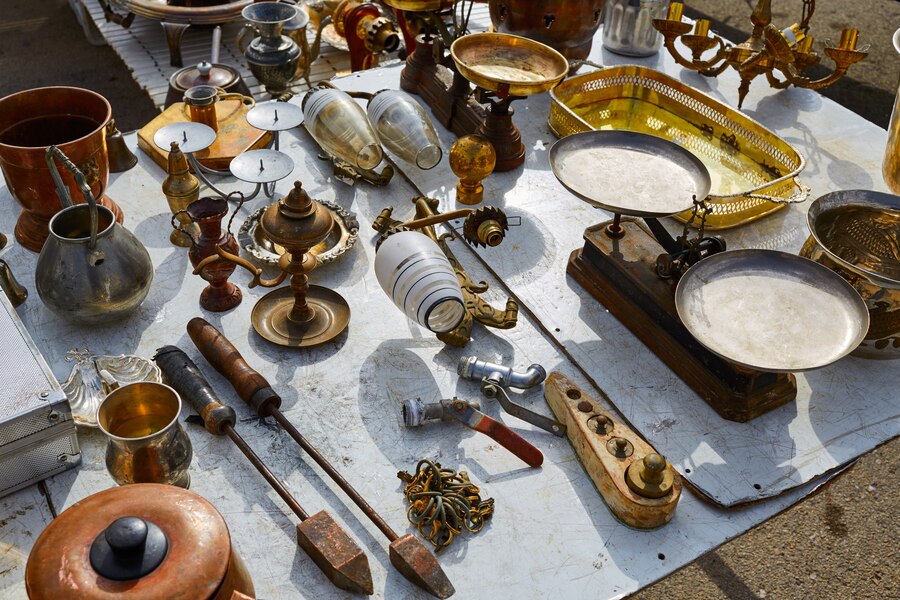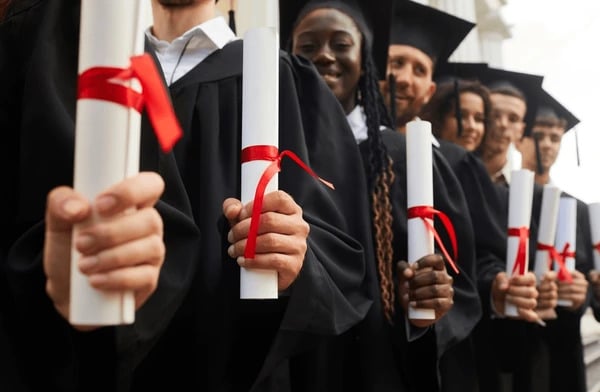As cries for mass virus testing continue to build across the U.S. as a way to restart the economy and plan for a safe return to school this fall, statistics experts are showing that we can dramatically expand our ability to identify cases without additional equipment or resources.
All it takes is math.
In an article published today in SIAM News at Stanford University show how we can rapidly scale up detection of COVID-19 cases with proven mathematical and statistical research that has been around for decades and used successfully for virus and antibody testing in previous crises. By applying the right math to virus testing, more people can be assessed using fewer test kits, they explain. Positive cases will still be accurately identified, and people can then self-isolate to control virus spread.
“Mass testing gives us a safe path out of lockdown, and just by using math, we can do that today,” said David Donoho, a Stanford University statistics professor who co-authored the article with Stanford University researchers Mahsa Lofti and Batu Ozturkler. Finding COVID-19 cases from fewer test results is a math puzzle that mathematicians can solve, so the U.S. could effectively expand testing using existing equipment already installed across the country, Donoho notes.
By using advanced math concepts such as group testing, specimen pooling, linear algebra and optimization, it’s possible to form pools of samples from several patients, perform a reduced number of tests on those combined samples, and still identify infected patients as if each sample had been tested individually, Donoho explains. Experiments show the ability to detect the presence of COVID-19 in just one infected person whose samples are pooled together with dozens of people with no virus. “Proper design of specimen pools, together with math, allows us to identify the infected person,” he says.
David Donoho, Stanford University statistics professor . “Right now, our country is operating on a paradigm that says for each person we test, we need to use one test kit,” Donoho says. “The reality is, we might only need 10 kits to understand the COVID-19 status of 100 people, meaning we could save a factor of 10 times the money and effort, savings that could then be used to test more people or the same group of people more frequently.”
The mass virus testing concepts outlined in the article have already been successfully used at Stanford University Medical Center, where 11,000 people were tested to facilitate the center’s safe reopening of non-essential services, and Donoho is calling for more widespread application of the techniques to enable further mass testing.
“Other places in the U.S. are doing this – for example, the University and State of Nebraska – some national governments around the world are starting to do it, and now America needs to do it, big time,” he says, referring to a recent FDA approval specifically for mass group testing of COVID-19. “We can thank all of the mathematicians who did this work years ago because they thought it was going to be needed someday. They showed it can be done and now that it’s needed, it’s up to us to do the math.”
Society for Industrial and Applied Mathematics (SIAM), headquartered in Philadelphia, Pennsylvania, is an international society of more than 14,000 individual, academic and corporate members from 85 countries. SIAM helps build cooperation between mathematics and the worlds of science and technology to solve real-world problems through publications, conferences, and communities like chapters, sections and activity groups. Learn more at siam.org .





